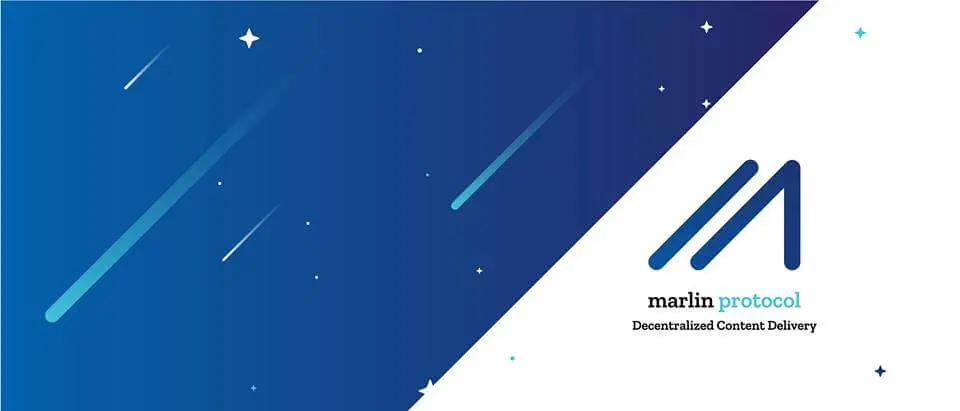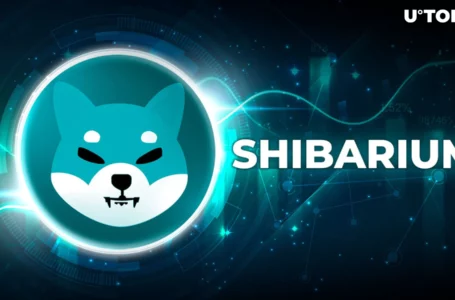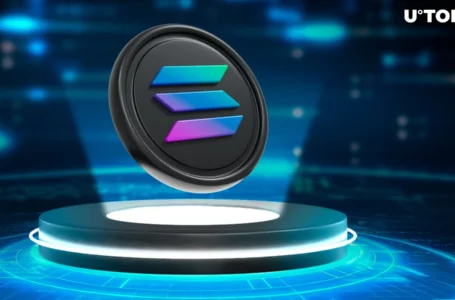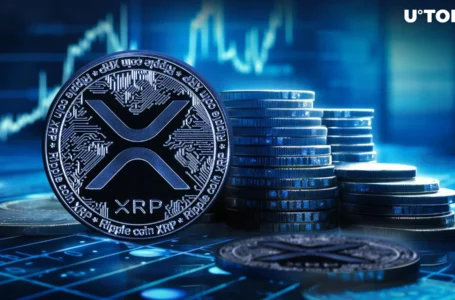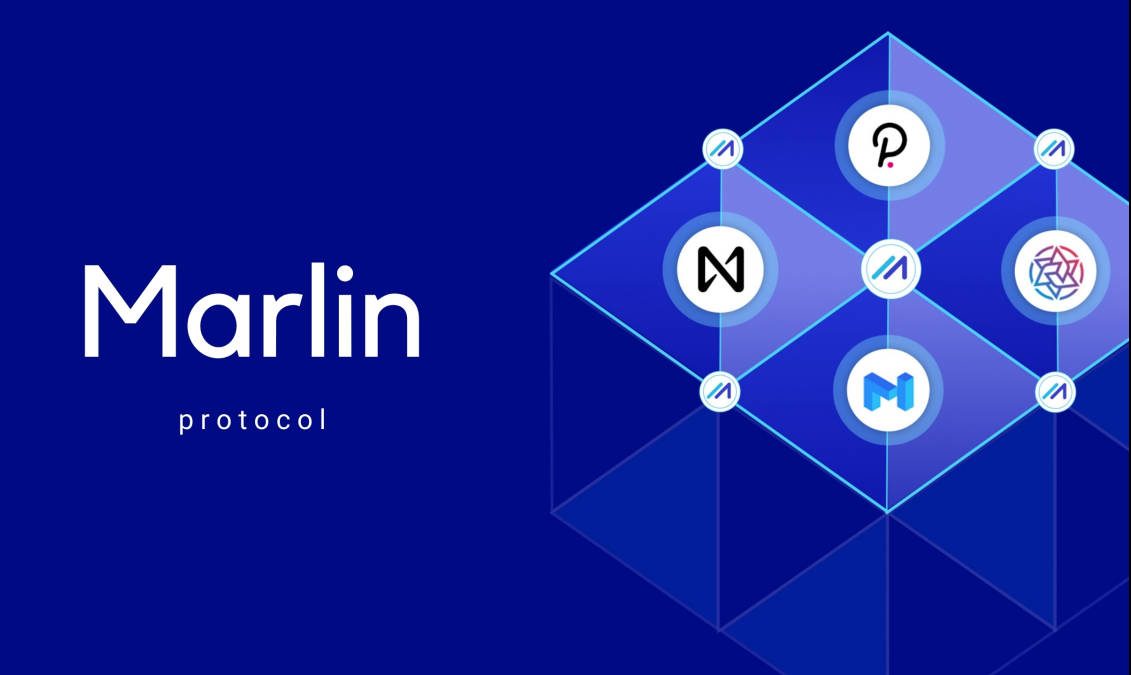
Marlin (POND) operates as a decentralized blockchain infrastructure provider geared to institutional and web3.0 applications. The platform offers a suite of cloud computing and storage options to DeFi users. Marlin continues to attract new users due to its incentivized libp2p features and ease of integration. Here’s everything you need to know about Marlin (POND).
What Problems Does Marlin Attempt to Fix?
Marlin’s development team wanted to eliminate unreliability from the core concerns of their users. They designed the network to be both transparent and more efficient than centralized options. The network accomplishes this task by incentivizing network nodes and supporting seamless integration strategies.

High Fees
High fees continue to top the biggest complaints for crypto users in 2022. Marlin offers a low-cost alternative that leverages advanced consensus mechanisms to reduce smart contract gas prices. Additionally, the protocol integrates a low-latency mempool to improve performance across the board. Notably, Marlin can scale vertically to meet growing demand.
Benefits of Marlin
There are a lot of benefits that make Marlin a wise option in certain scenarios. The network operates as an open-source protocol that enables other developers to vet the code and other vital aspects of the network. Open-source projects are normally more secure due to the fact that anyone can review the coding. Additionally, they eliminate the chance of any funny business hidden in the background code.
Marlin Flexibility
Marlin was designed to support a wide array of corporate use case scenarios. The platform enables businesses to create new markets and incentivize clients using custom-built tokens for payments and governance. In this way, firms can connect with their clientele and provide ROI opportunities to the community.
Nano-payments are the perfect example of Marlin’s creative approach. Network creators can decide how network relays are compensated. The most common options are through a foundation, miners, or user fees. However, the options are flexible enough to support other setups.
Simple Integration and Development
Marlin offers companies a plug-and-play networking alternative to reduce integration costs. Businesses can create networks using Marlin’s security and more to improve their results. The platform features a host of helpful options including access to tutorials to get your business blockchain up without massive investment.
How Does Marlin Work?
Marlin operates by providing an incentivized programmable network infrastructure to the market. The network is a layer 1 blockchain that leverages a DPoS consensus mechanism to remain valid. The system supports full DeFi smart contract programmability including NFT creation, issuance, and management.
Marlin can speed up blockchain performance through its unique low-latency path processing capabilities. This mechanism ensures that the node path is the most efficient. It also ensures the most productive and stable nodes secure the best rewards.
Metanodes
Network nodes called Metanodes secure returns for accomplishing network tasks, computations, and storing data. Anyone can become a Metanode by staking LIN tokens and signing up for network duties. The system is set up to incentivize these users using your staked assets as a motivator.
Metanodes can secure returns when they accomplish network tasks on time and securely. Reversely, you can have your LIN penalized for acting maliciously or neglecting network responsibilities. Notably, nodes can decide to join other groups called relays to improve results.
RELAY
The Marlin Relay protocol enables anyone with extra bandwidth to secure passive returns by combining their efforts with other network users. . The system is tasked with serving and validating the Marlin network. For their efforts, all participants receive rewards in the form of utility tokens. The system provides secure peer-to-peer communications and data transfer through a node optimization strategy coupled with programmable routers.
BDNs
Blockchain Distribution Networks can use Marlin to secure startup capital. Already, the community has secured millions for BDNs which has helped drive innovation and interaction up. The goal of the project is to support entrepreneurs entering the Marlin ecosystem in every way possible.
Marlin SDK
The Marlin SDK is how applications communicate with the Marlin network. The protocol provides support for real-time node communication and enables developers with a universal starting point to create new systems and Dapps. The system automatically scans the network in search of the best nodes to meet the needs of the network.
Marlin Foundry
The Marlin Foundry offers users the ability to create anonymity networks as well. This option is growing in popularity as it provides another layer of security for users. In the digital age, privacy is the first step in protecting your assets.
Marlin VN
Developers can leverage the Marlin VN’s extensible architecture to improve their Dapps and networks. The system supports high-performance scenarios and provides users with flexible options to meet their needs.
Marlin (POND) Token
Marlin leverages a dual utility token approach to accomplish its goals. The first token is POND. Launched as an ERC-20-compliant asset, users need to hold POND to interact with the features and services offered. Developers need to use POND to pay for the execution of smart contracts. Additionally, users pay fees and receive rewards in the form of POND tokens.
MPOND
MPOND is non-transferable and is used as a governance and staking token. Users need to stake MPOND to put forth proposals and vote on pressing network upgrades and more. This setup provides community governance to the network without diluting the MPOND supply.
Marlin Consensus
Marlin is a DPoS (Delegated Proof-of-Stake) blockchain that enables users to select nodes to handle network transaction approvals. This system also supports the Marlin VM. Specifically, it’s responsible for providing the virtual router interface that developers use to build within the ecosystem.
Bottom Line
Marlin was wise to target the commercial sector. The protocol offers a good combination of features to provide enterprise clientele with more reasons than ever to enter the blockchain ecosystem. The network’s combination of low fees and easy programmability makes it a strong contender in the commercial and DeFi blockchain sectors moving forward.
